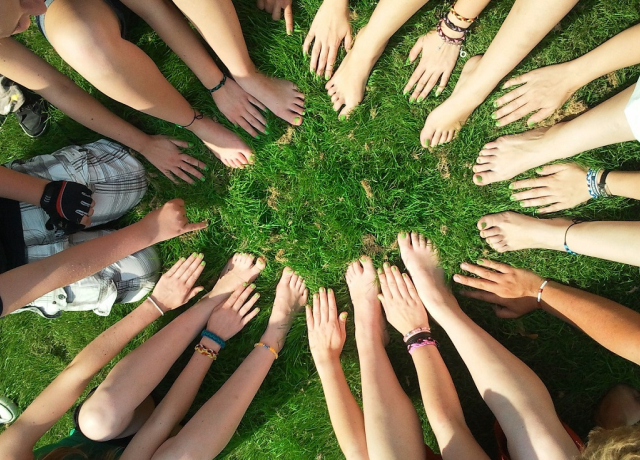Heritage Communities as a Guiding Force of Europe’s Imaginative Future
Heritage Communities as a Guiding Force of Europe’s Imaginative Future
The concept of heritage communities has been a dominant focus in the field of cultural heritage ever since it was introduced in The Framework Convention on the Value of Cultural Heritage for Society (Faro Convention) which was adopted by the Committee of Ministers of the Council of Europe in 2005. The convention was one of the first agreements of its kind to put people at the centre of heritage exploration, research and management and highlight the amazing potential of heritage communities.
The 2016 European Heritage Days events will celebrate European heritage communities, the roles they have in shaping our future and all the ways they influence heritage conservation. Brought in relation to the Faro convention, this year’s common theme will largely echo some of its main principles with an aim to expand the understanding of heritage communities as a key concept in the field of cultural heritage.
What are heritage communities?
By the definition given in Council of Europe’s Faro Brochure: “heritage community consists of people who value specific aspects of cultural heritage which they wish, within the framework of public action, to sustain and transmit to future generations.” Recognising their value for the entire field, Faro Convention gives heritage communities leadership in developing strategies for heritage preservation and enhancement. Moreover, it helps in raising awareness of the fact that it is society who needs cultural heritage and that society in fact should participate more actively in its management.
Key roles of heritage communities
Heritage communities can have a variety of roles in heritage conservation and enhancement, which is precisely why they are so valuable to the European society of today. They actively contribute to increasing the number of projects in the field and interpreting heritage, thus supporting to the developments in the field. Discussing these topics, Hakan Shearer Demir of the Democratic Governance Directorate of Council of Europe notes:
“Heritage communities play a crucial role in redefining and redesigning relationships and actions between peoples, places and stories with an enhanced definition of heritage. They bridge gaps between all layers of society, highlighting the values of diverse and shared heritage, which are close to the heart of communities. Therefore, they are dynamic and inclusive in nature, constantly seeking innovative ways to democratise the heritage field, with a specific emphasis on diversity. With an integrated approach, they exhibit organic linkages between all aspects of community life and the role of heritage and multiple identities. They are constant reminders of basic values of human rights and democracy as well as the importance of focusing on quality of life for all people.”
Echoing the Faro Convention within the EHD common theme for 2016
The concept of heritage communities and European heritage days have some apparent synergies. This year’s theme reflects the principles of Faro convention and highlights their relevance in today’s society.
“EHDs are about the celebration of dignity, commitment and respect of communities to their heritage and identity,” notes Mr. Demir. “These activities are organically born out of peoples’ passionate relationships with their territory, community and surroundings, expressed in a creative manner. They generate a strong sense of belonging and pride. Faro principles encourage communities to be the centre of heritage work, where they can collectively work towards ensuring a sustainable society that can be enjoyed by their children and future generations.
For many, cultural heritage is considered an economically viable asset in terms of tourism while, at the same time, cultural and natural heritage are acutely endangered due to short term economic interests, growing urbanisation, lack of awareness and care. Emphasising the organic linkage between heritage and communities is the manifestation of synergy between who we are and who we aspire to become, which is a basic right and opportunity for communities to determine what quality of life means to them and how they would like to organize it in their own terms.”
